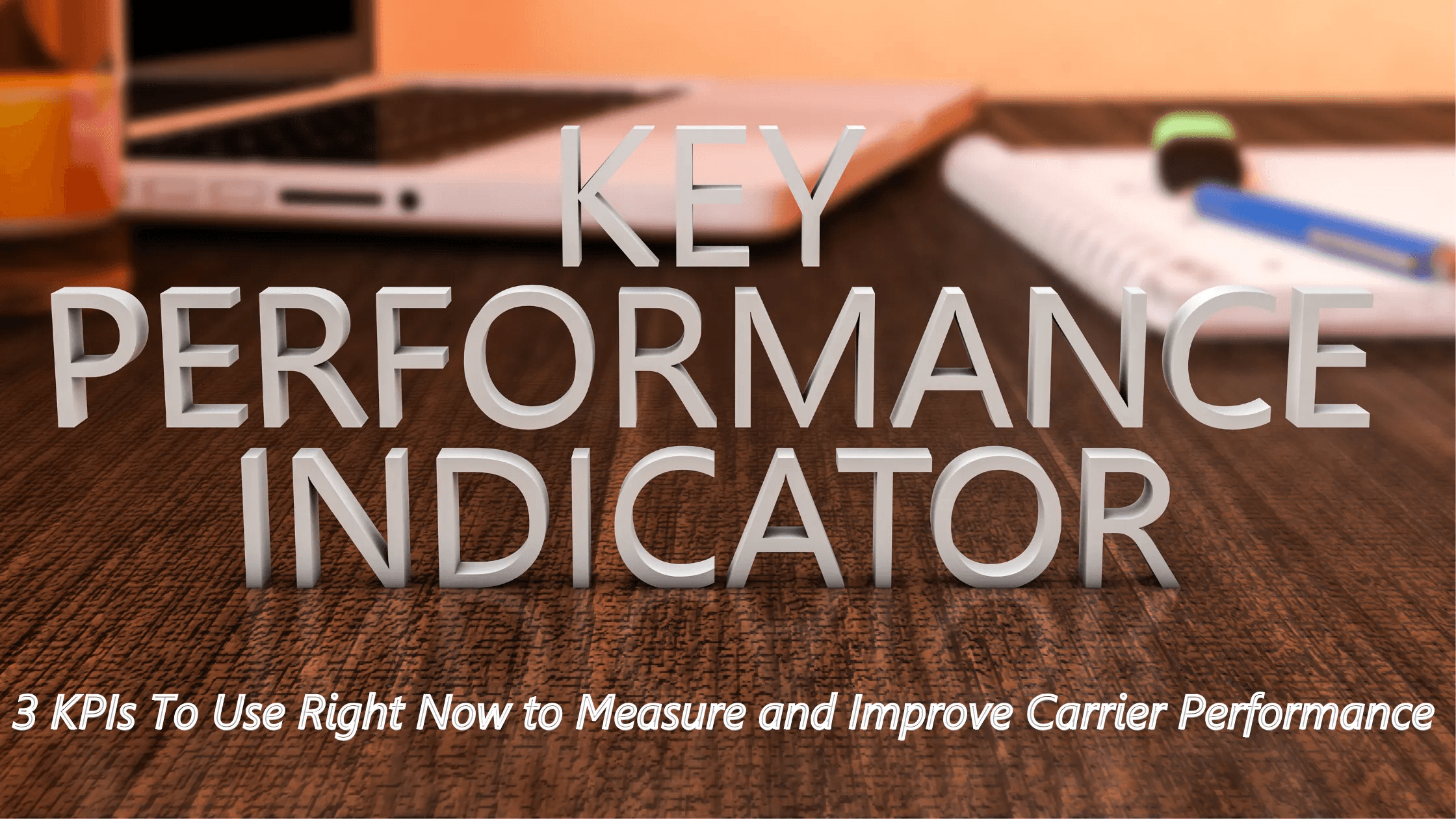

 In today’s fast-paced business world, the success of your company heavily relies on the performance of your carriers. These unsung heroes play a crucial role in the smooth functioning of your supply chain. But how do you ensure they are operating at peak efficiency? There are several ways you can analyze the performance of your carriers. The right metrics and Key Performance Indicators (KPIs) will ensure you’re getting the level of service you’re paying for by identifying hidden inefficiencies that may be hurting service, as well as costing your company time and money.
In today’s fast-paced business world, the success of your company heavily relies on the performance of your carriers. These unsung heroes play a crucial role in the smooth functioning of your supply chain. But how do you ensure they are operating at peak efficiency? There are several ways you can analyze the performance of your carriers. The right metrics and Key Performance Indicators (KPIs) will ensure you’re getting the level of service you’re paying for by identifying hidden inefficiencies that may be hurting service, as well as costing your company time and money.
The first step towards establishing ideal KPIs requires you to be specific about what’s really important to your shipping operation. This can be difficult because it requires hard decisions that consider the inevitable tradeoffs between shipping cost and delivery service.
Then you’ll need to eliminate the ideas that aren’t effectively measured or won’t produce valuable data points. Each item must have real data tied to it that indicate success.
It’s also important to note that while you should definitely aim high, don’t shoot for goals that aren’t attainable, set realistic expectations that will increase your chances of creating a successful strategy.
It’s critical to measure the percentage of your shipments that your carriers arrive for, depart with, and deliver on-time because these three areas directly impact your customers and your bottom line, and keep your reputation intact. By monitoring this KPI, you can identify any recurring issues, such as delivery delays, route inefficiencies, or even potential capacity constraints. Armed with this information, you can take proactive measures to ensure that your carriers meet their delivery commitments consistently. This metric could also highlight other KPIs you should be following that could be contributing to any delays, or pinpoint potential bottlenecks within your transportation network.
Logistics is all about maximizing efficiency and minimizing costs. The cost per mile is an important KPI that allows you to evaluate the financial performance of your carriers. By calculating the cost per mile, you gain a deeper understanding of the expenses associated with each shipment. This can be influenced by a multitude of factors, including fuel costs, vehicle maintenance, and driver wages. By monitoring this KPI, you can identify inefficiencies and work towards optimizing your carrier contracts, renegotiating rates, or exploring alternative options that can help reduce your overall transportation costs.
Sometimes damages are inevitable; however, the number of damages or other OS&D issues your carriers are responsible for can directly influence a company’s margins. The freight damage ratio is a KPI that provides insights into the effectiveness of your carriers’ handling and transportation practices. When you divide your total freight costs by the total costs incurred from damages, you can calculate exactly how these losses affect your business. Over time, the higher this number is, the more likely these problems are resulting from your carrier. Are your carriers practicing proper load securing techniques? Are they using appropriate packaging materials? Analyzing this KPI allows you to work closely with your carriers to implement necessary preventive measures, reducing the likelihood of damaged goods reaching your customers.
As the saying goes, “What gets measured gets managed.” Monitoring the performance of your carriers through well-defined KPIs is crucial to optimizing your supply chain operations. By keeping a close eye on KPIs such as on-time delivery performance, cost per mile and freight damage ratio, you can identify areas for improvement and work collaboratively to improve your carrier performance. Remember, delivering exceptional service not only delights your customers but also elevates your brand in the marketplace.